The Metro Station!
A group of students went out to learn more about the Metro. When they returned, they shared their experience with the rest of the class.
Teacher “What do we need to do if we want to get on the train?”

The students said we need use the machine to buy the tickets.
- Sarah “Ms. Angie is telling us how we can go on the metro.” (in Mandarin)
- Felix “She is pointing where we are.”
- Sarah “We are putting money inside. Then we can take the metro.” (in Mandarin)

Several students tried to use their lunch cards to pay for the rickets, but it did not work. Then they got money form Ms. Angie and put the money in the machine.
- Freida “I am getting the money from outside here.”
- Michelle “Freida get money and I and Freida go to metro.”

- Charlotte “These are things that you cannot take to the metro. Because some of these things may disturb other people.” (in Mandarin)
- Freida “Something may explode. No fireworks.”
- Charlotte “The gun we cannot take to the metro too. And no knives.” (in Mandarin)
- Jiwoo “He looked who this one and out here he go. (Jiwoo explained that the police officer will take out the items that are not allowed in the metro).

- Ethan “We put our bags inside and the bag will automatically come out. And then we get it. Then we can take the metro.” (in Mandarin)
- Amber “Because they have to check what is inside the bag. Because people don’t know what is inside.” (in Mandarin)

- Freida “Because we need to go up. It’s red because it is not to go. You need to walk over, that side to walk over. Because it’s red. You need to walk and go.”

The students wanted to use the escalator, but there was a sign explaining that it is under construction.

- Felix “Found one elevator. Because there can go up like in the school.”
- Jooeon “Escalator, this is in the elevator, not escalator.”

- Felix “We are touching and telling which high we want to go and this is close and open. We go to 2.”
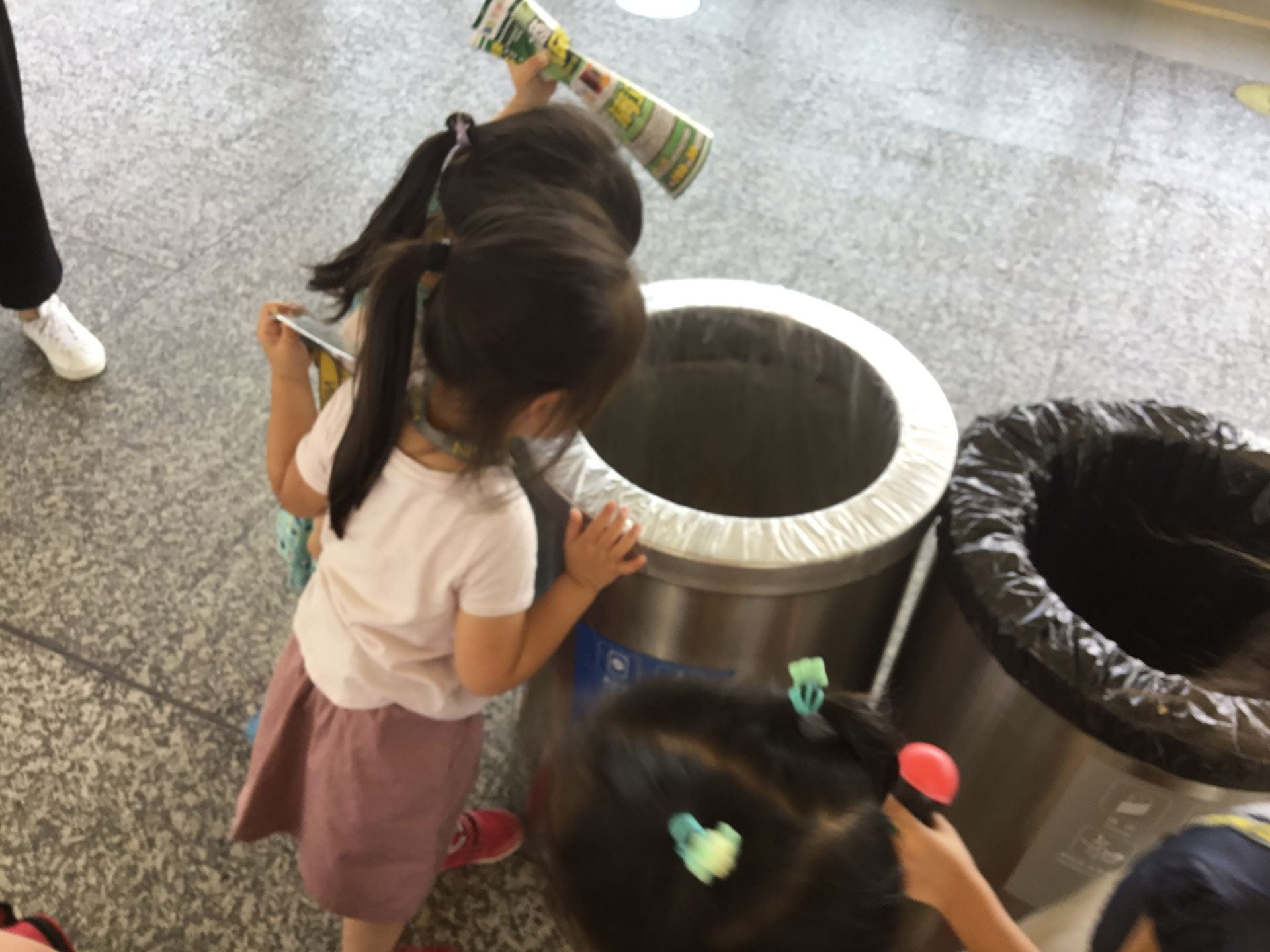
- Felix “To put there the bad things inside.
- Jooeon “And there inside garbage.”

When the students were on the platform, they found some signs immediately. They discussed the signs on the bin.
- Felix “That is the sign to know what we can put inside the garbage. The bottle, tin and the milk.”
- Michelle “Then we know how we can put things correctly in the bin.” (in Mandarin)
They wondered what the yellow sign is for.

- Alejandra “Where the train goes. Please don’t touch it.”
- Nicolas “When you touch it and the door opens you have to make sure you take the right train.”
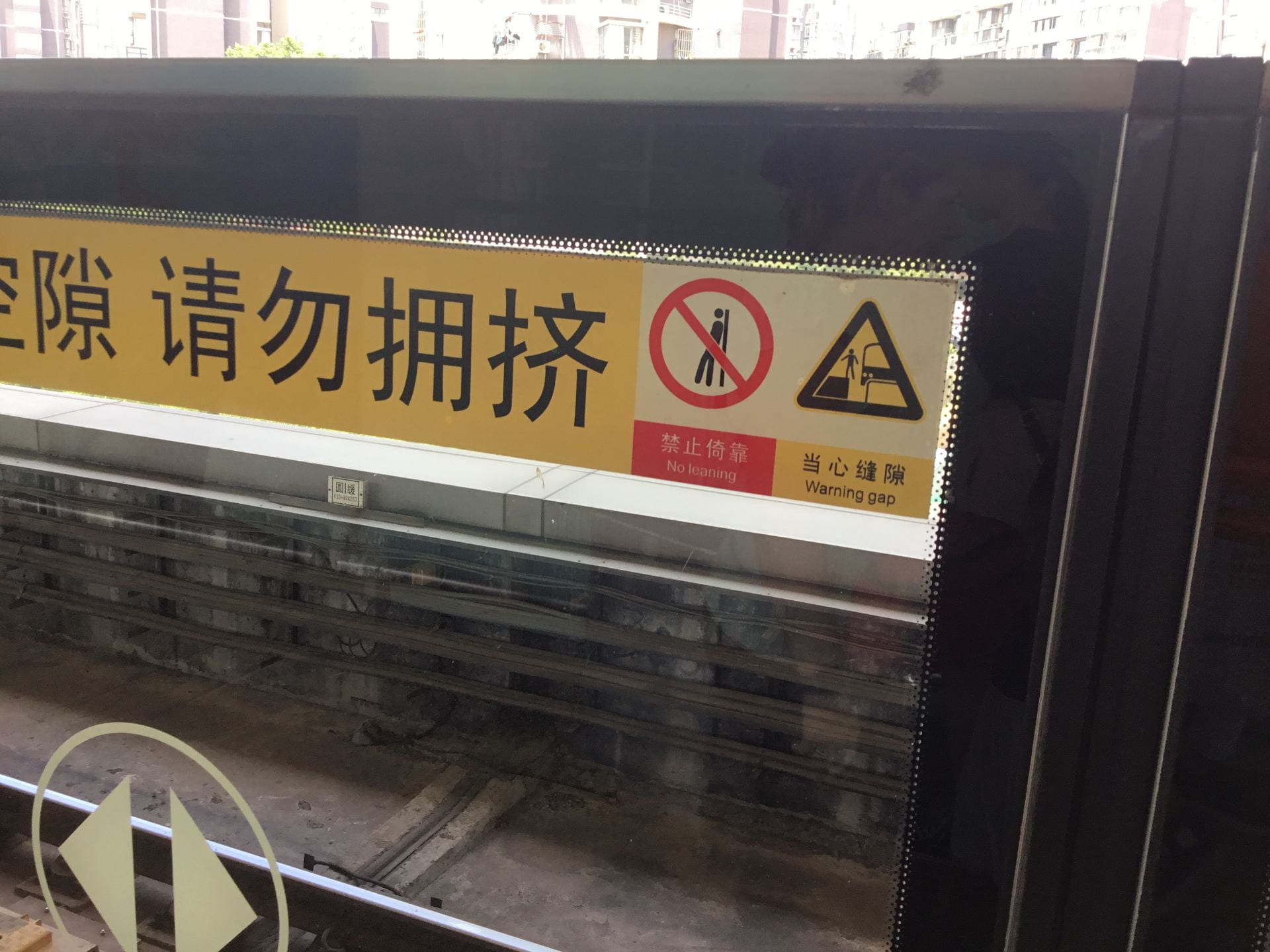
- Tyson “就是这个高铁,就是这个地铁,这个是地铁,我坐地铁去学校上学。” [This is a high speed train, and this is the metro. This is metro, I go to school by metro]

The students took a closer look at the map to find out where they are.
- Michelle “Don’t know go to what.”
- Freida “We are pointing to NIS. Over here is NIS. We saw NIS from there. So high.”
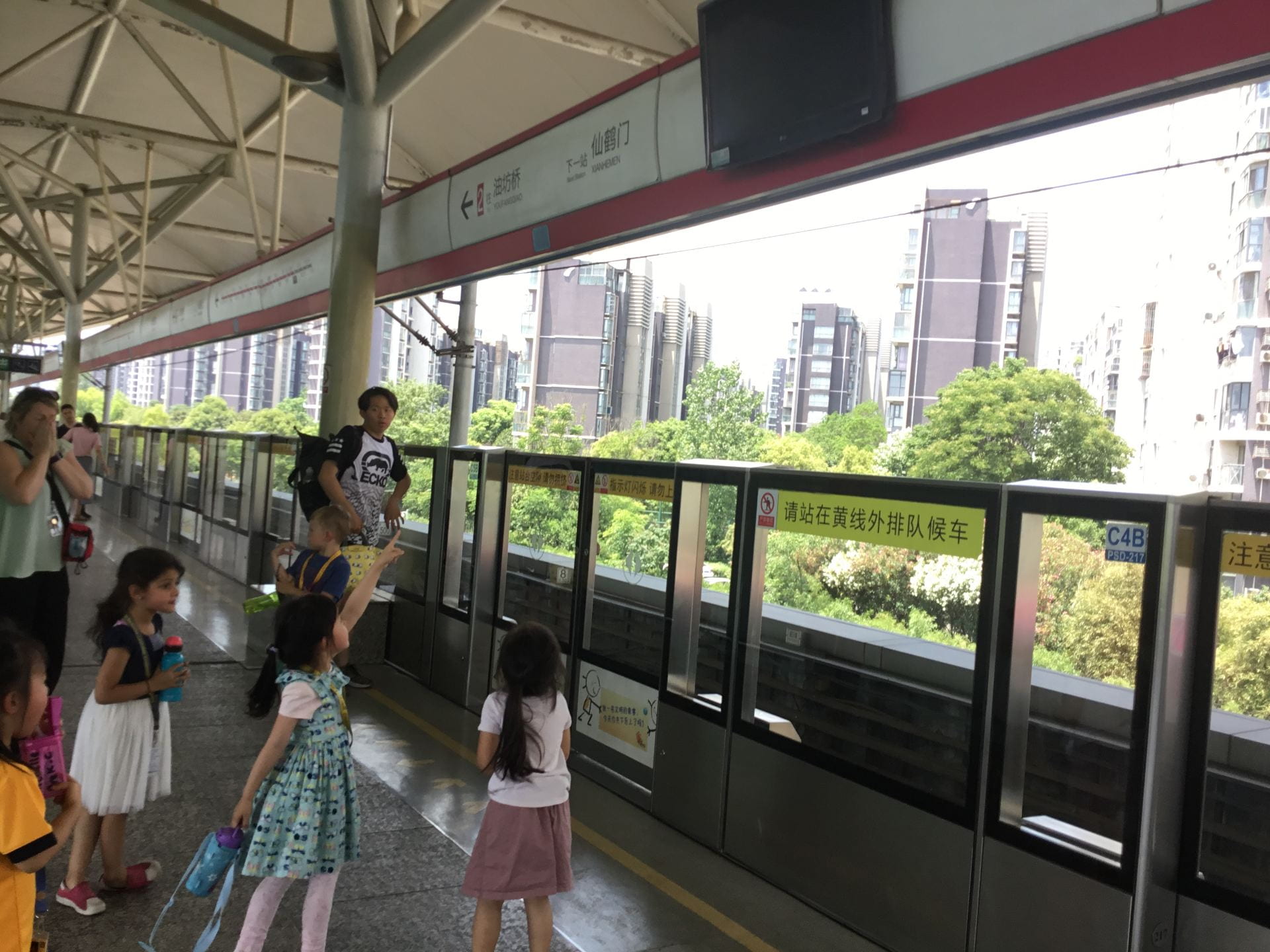
- Sarah “We saw a TV. It is for other people to watch.” (in Mandarin)
- Jasmine “Watching bad guys.”
- Tyson “I took the metro before. I took a train far, far, far away. It goes to my school.” (in Mandarin)

- Felix “Because the escalator goes up.”
Felix noticed there are two different signs on the screen. They decided to go from the green one.

- Felix “You see the red sign that means it does not work.
- Jiwoo “tick here. Then it open.”
- Nicolas “When I go to the metro and there was a red sign it worked. So that cannot be for it. It’s a sign to say it is closing faster.”
The teacher put the tickets inside the machine and the students went through the gates.
- Charlotte “It will close very fast so you have to go through very fast.” (in Mandarin)
- Si Hyun “Together goes really fast. Use the card. Put there card in here.”
- Jooeon “This in the card and open door.”
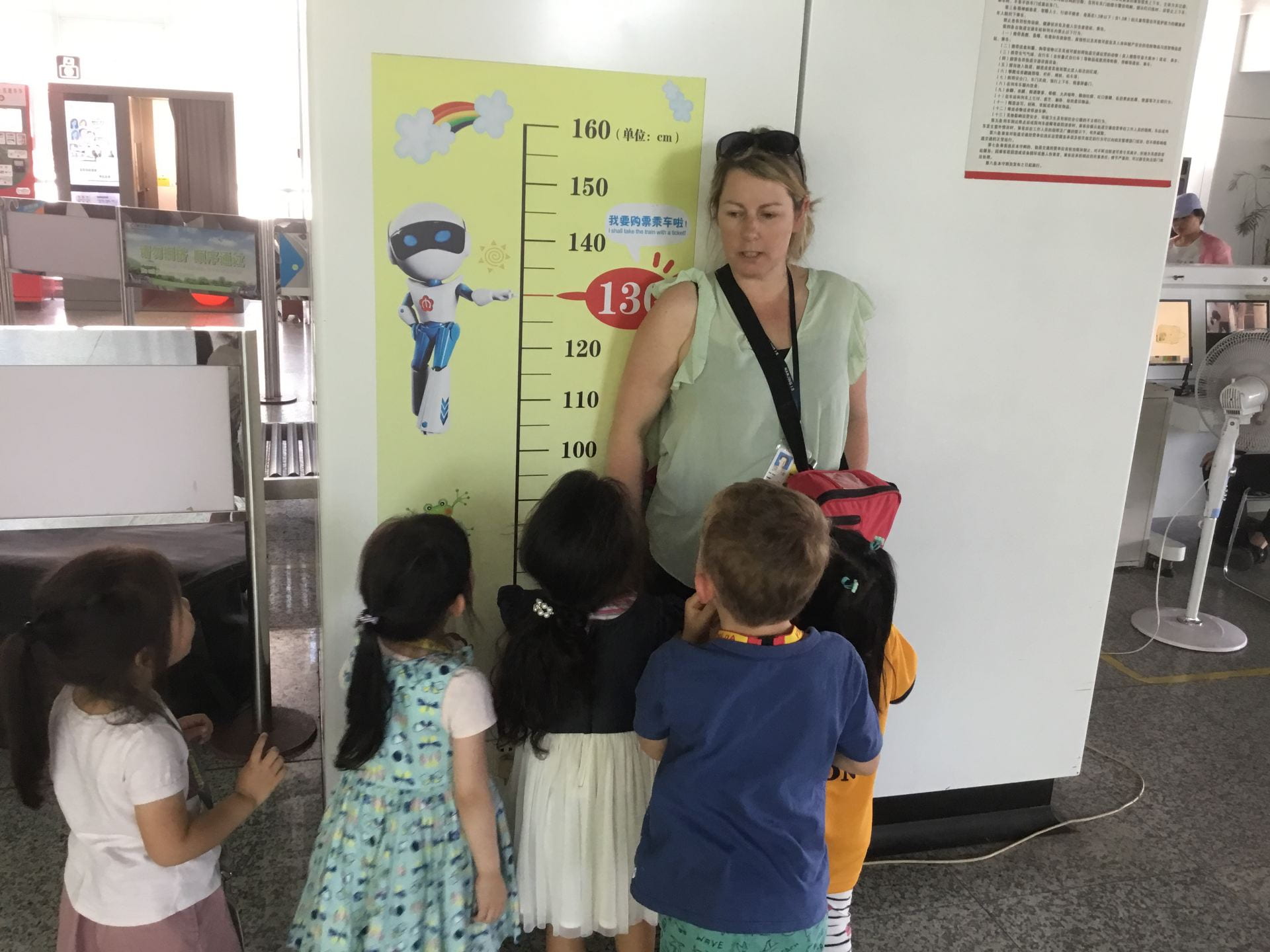
- Ruby “Ms. Angie is measuring herself and she is up to the top number. Maybe it says if we are big enough to go to school.”
- Ethan “They are pointing to how tall you are. If we are up to the red thing then we can go to the school.” (in Mandarin)
- Felix “If we are this high where the red thing is, then we are heavy.”

They talked about the ticket recycling machine and then left the metro station to return to school.
How do you travel to different places?
Approaches to Learning (ATL’s)
Communication Skills
Listening
- Listen to information.
- Listen actively and respectfully to others’ ideas.
Speaking
- Participate in conversations.
- Negotiate ideas and knowledge with peers and teachers.
Thinking Skills
Analysing
- Observe carefully.
- Find unique characteristics.
Generating novel ideas
- Use discussion and play to generate new ideas and investigations.
Research Skills
Data gathering and documenting (audio recording, drawing, photographing)
- Use all senses to observe and notice details.



























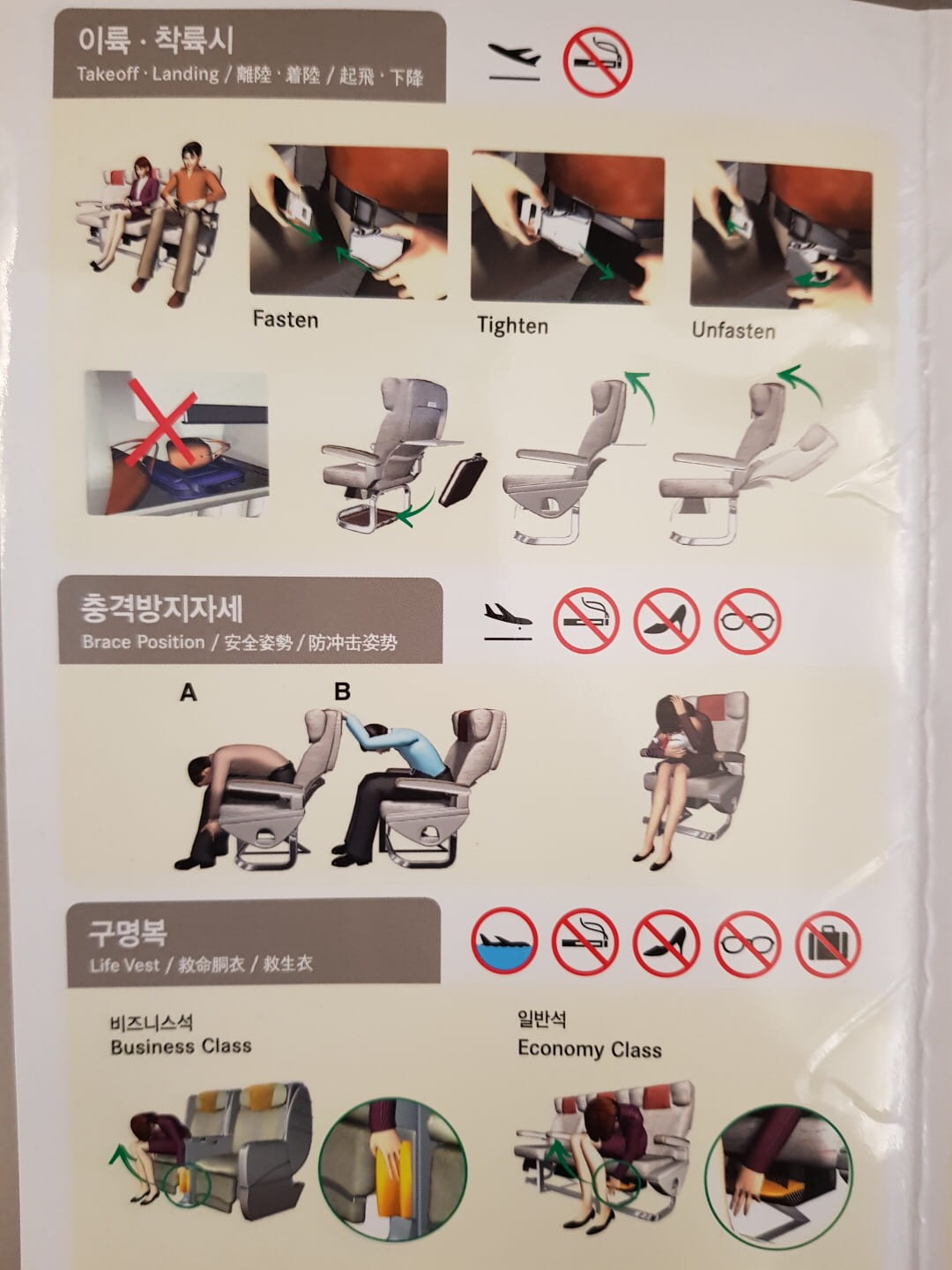



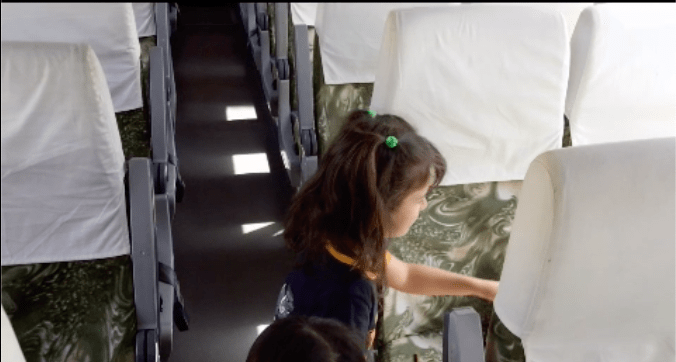










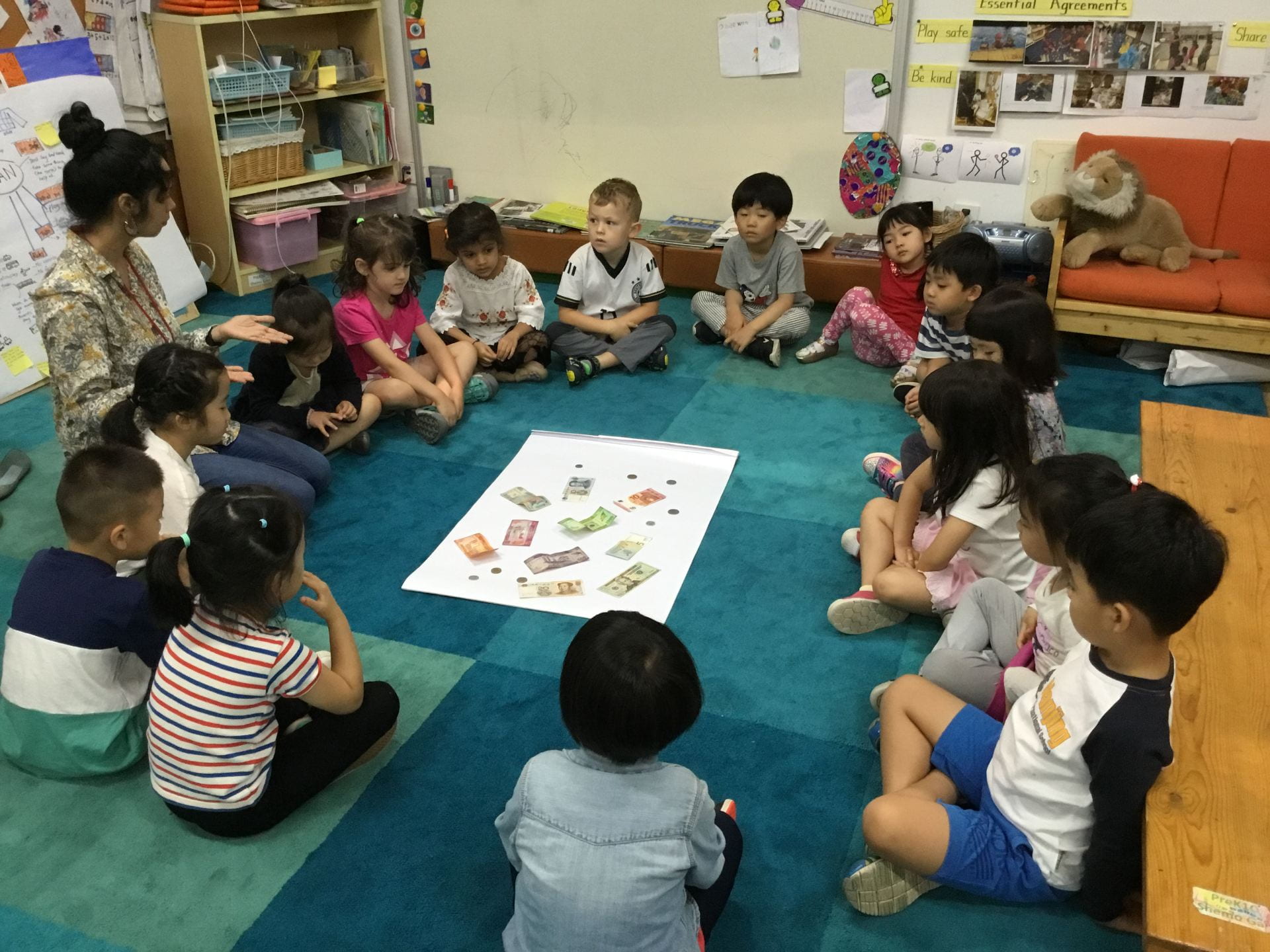



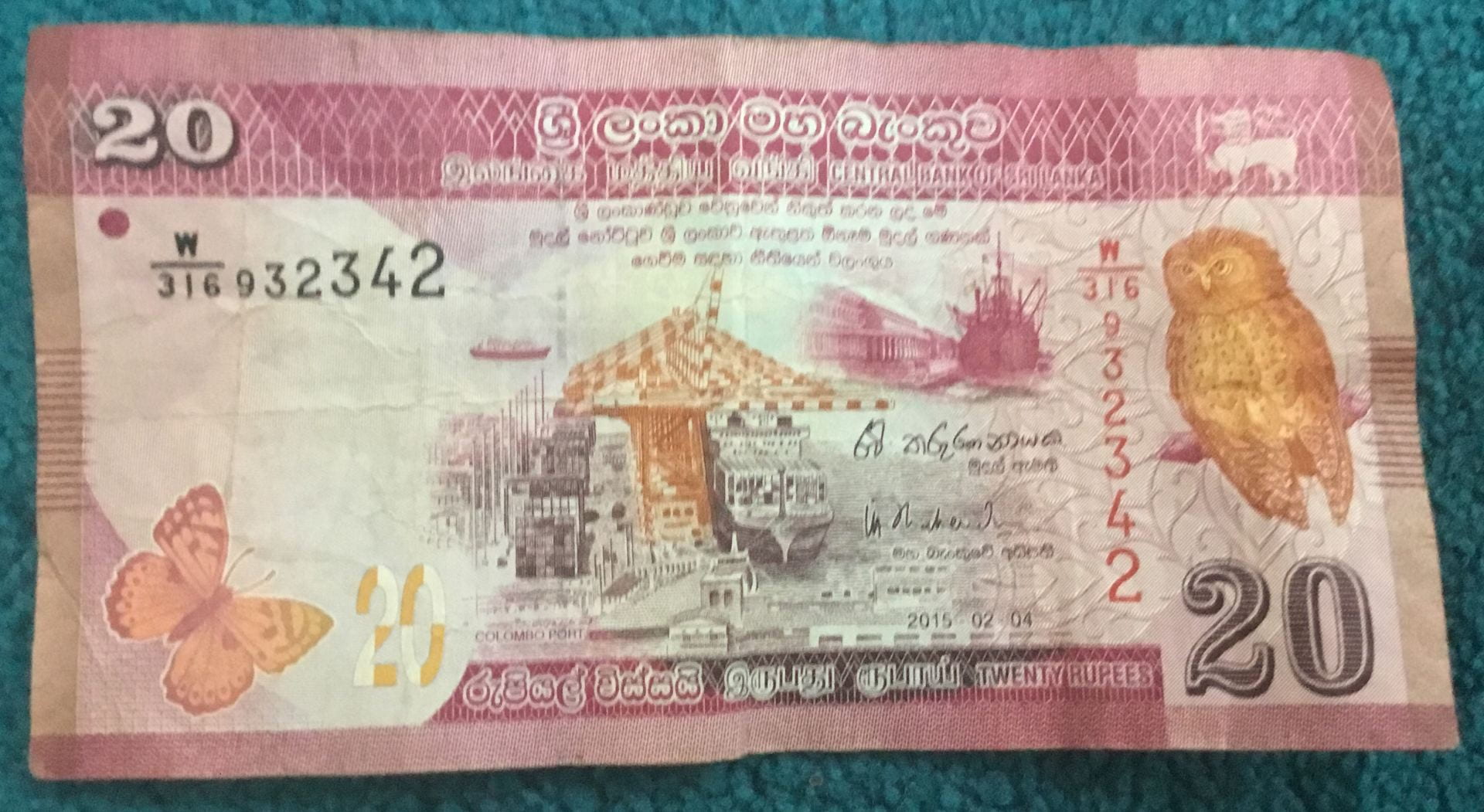








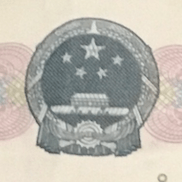
















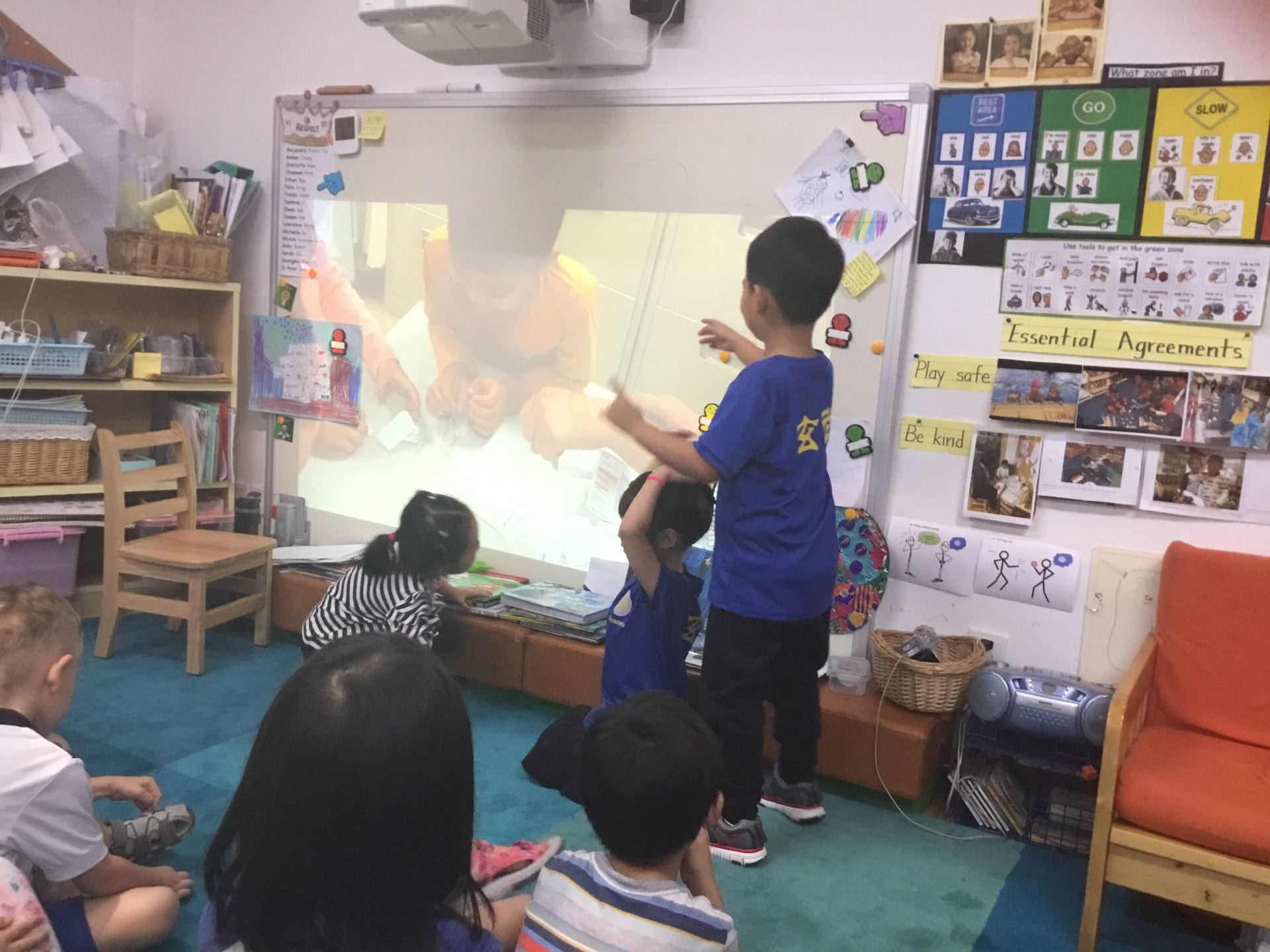
















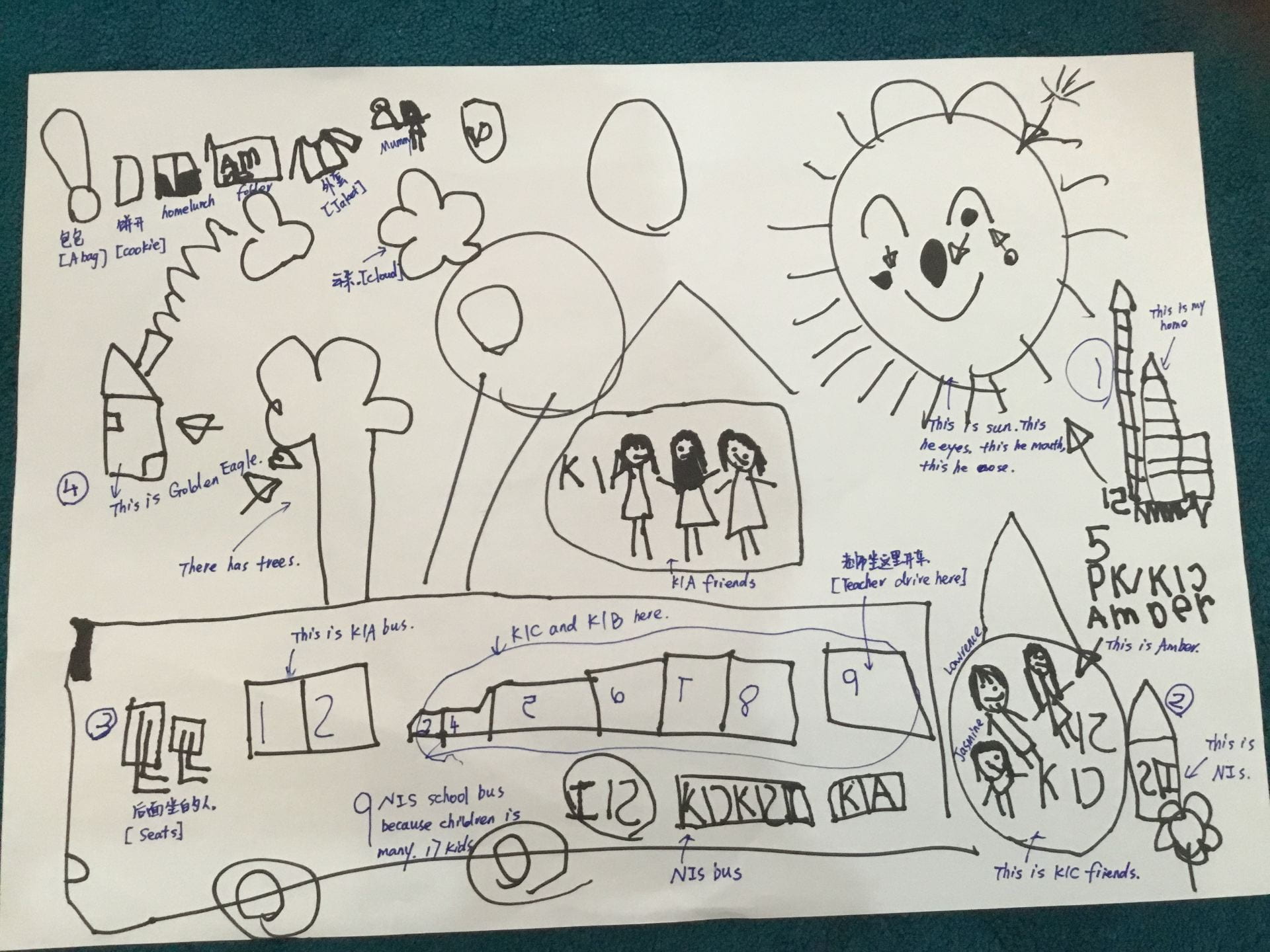

































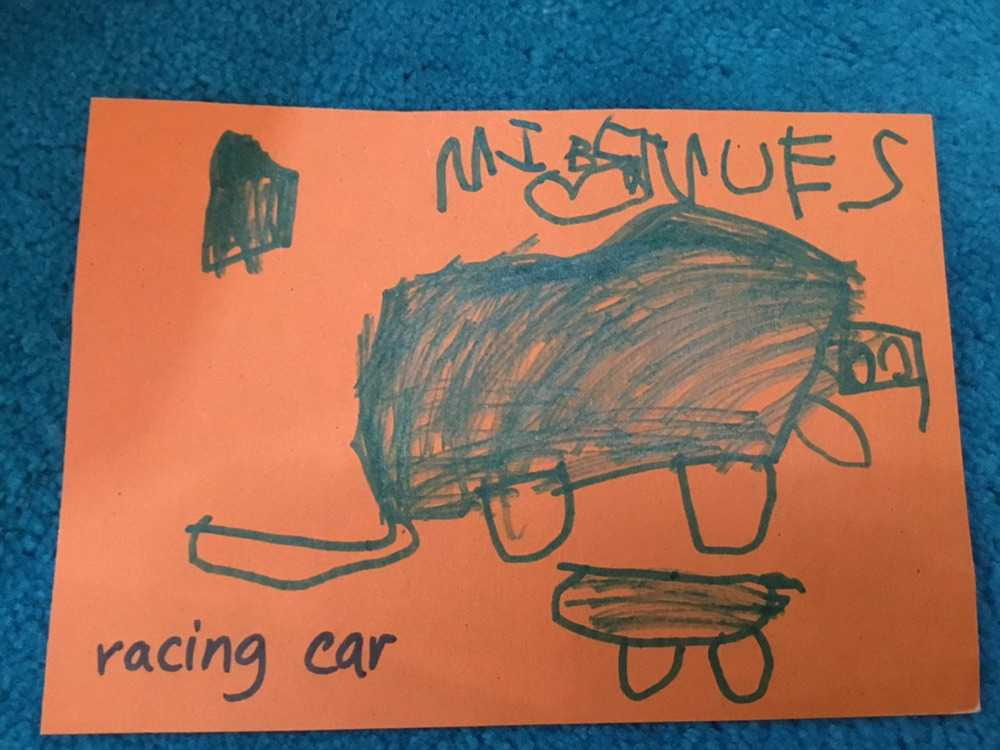

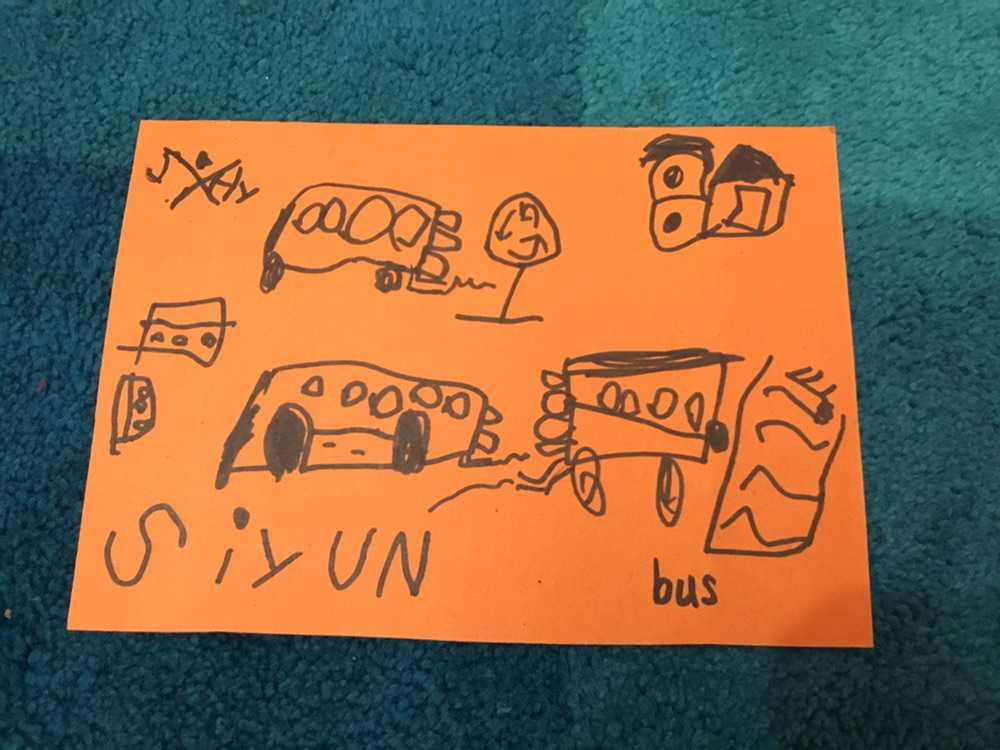

















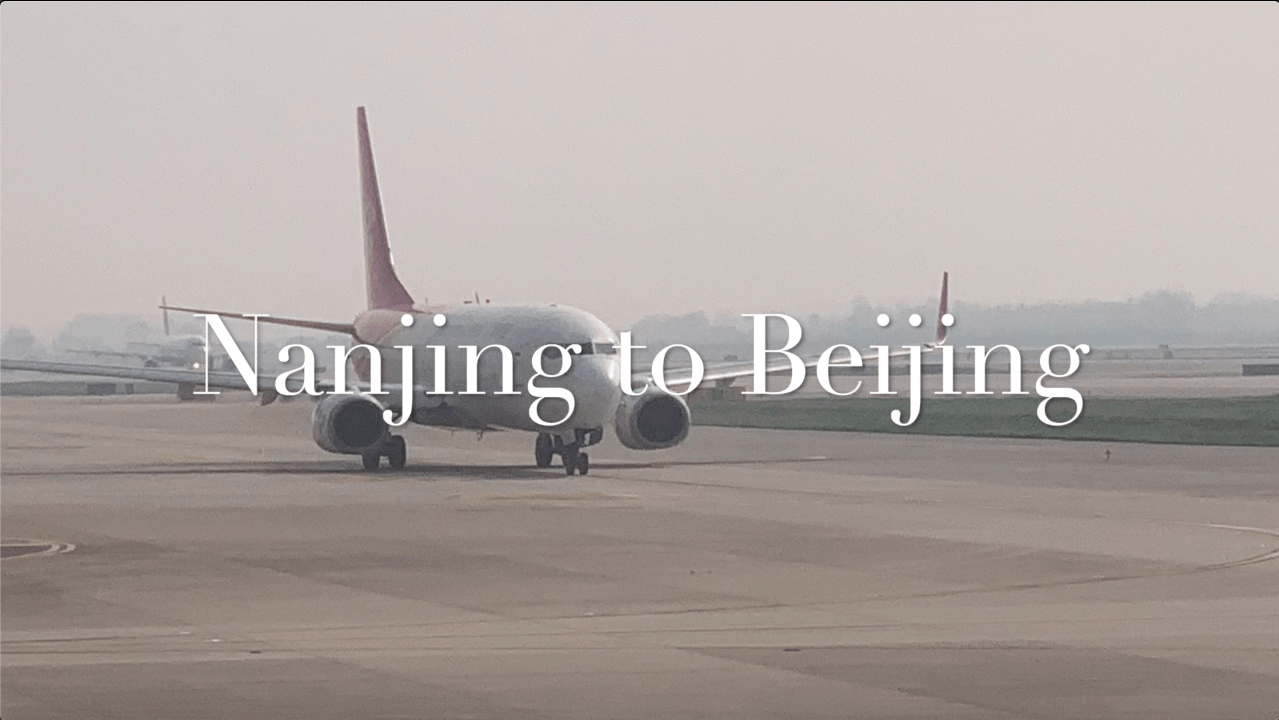






 Jasmine “We go to Shanghai. It’s far away. First, we need to go in the bus and then 2nd we go to rocket and then we need to go to plane, Far away to the sky. And then when we far away we need to go to another aeroplane and that goes to another rocket and the bus.”
Jasmine “We go to Shanghai. It’s far away. First, we need to go in the bus and then 2nd we go to rocket and then we need to go to plane, Far away to the sky. And then when we far away we need to go to another aeroplane and that goes to another rocket and the bus.”








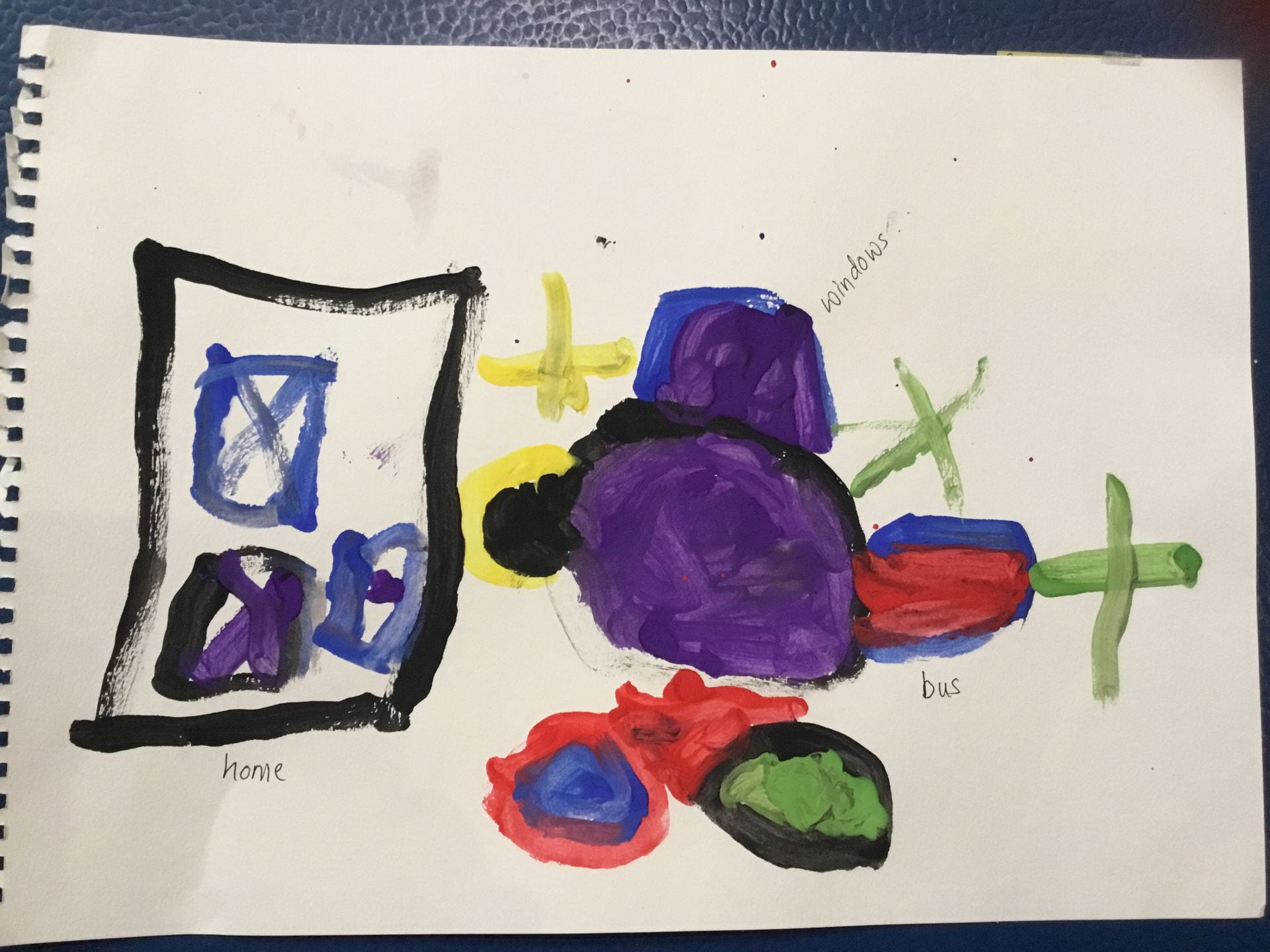









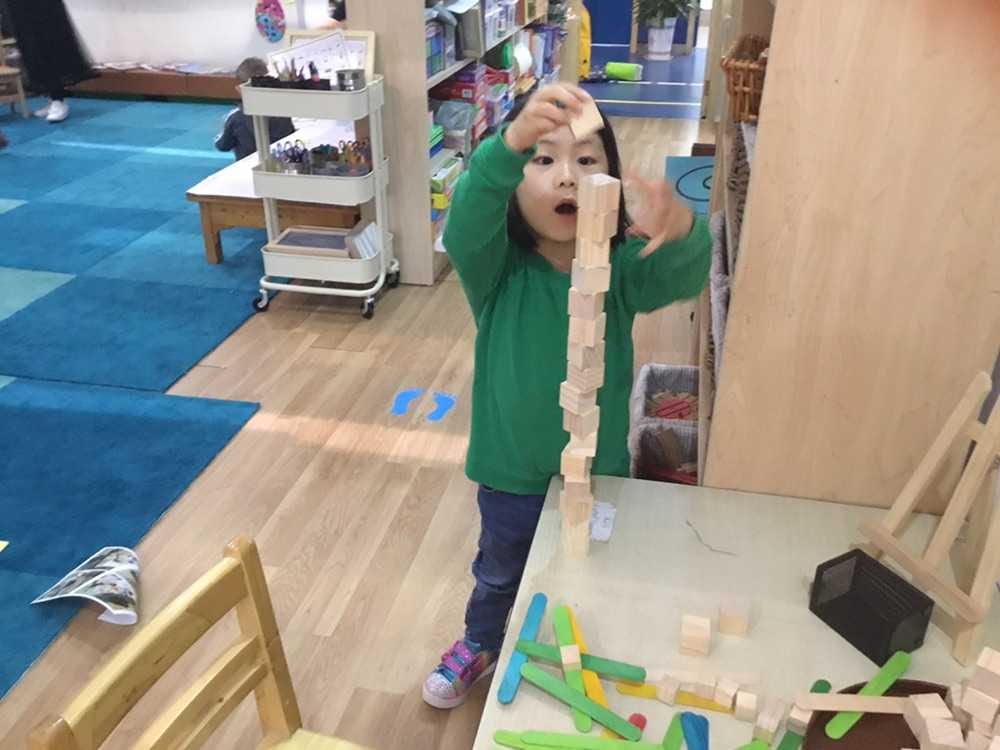









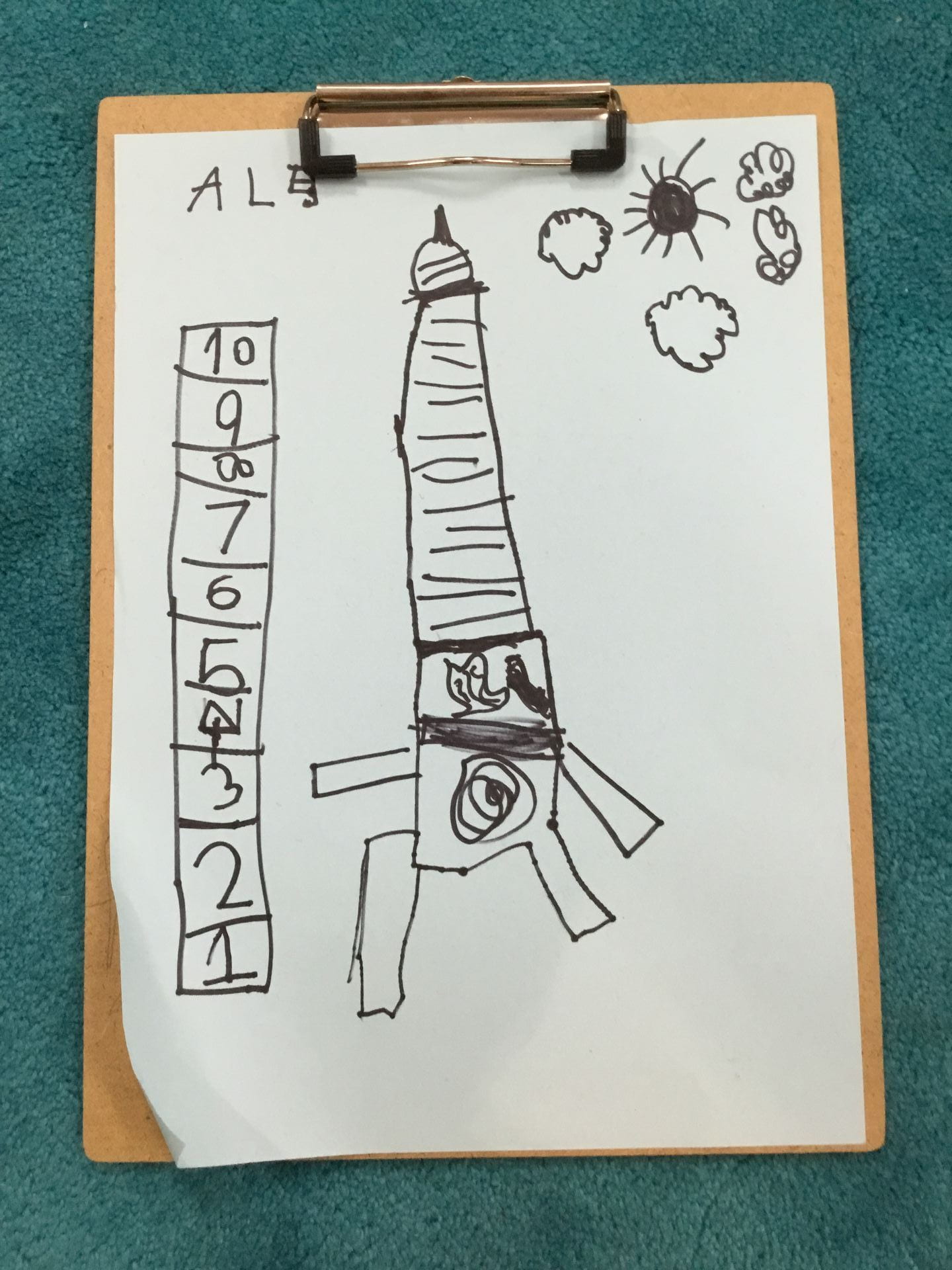


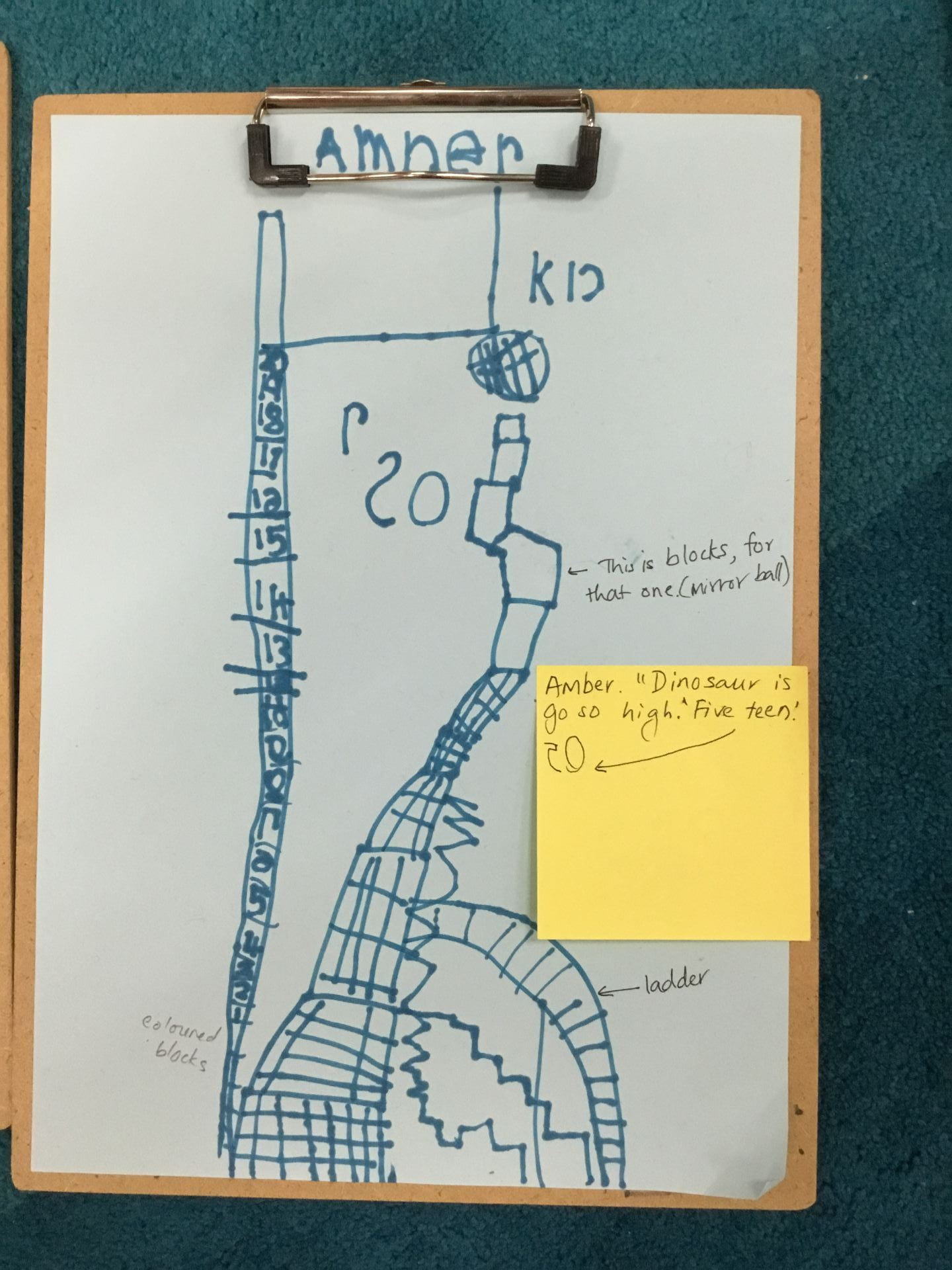
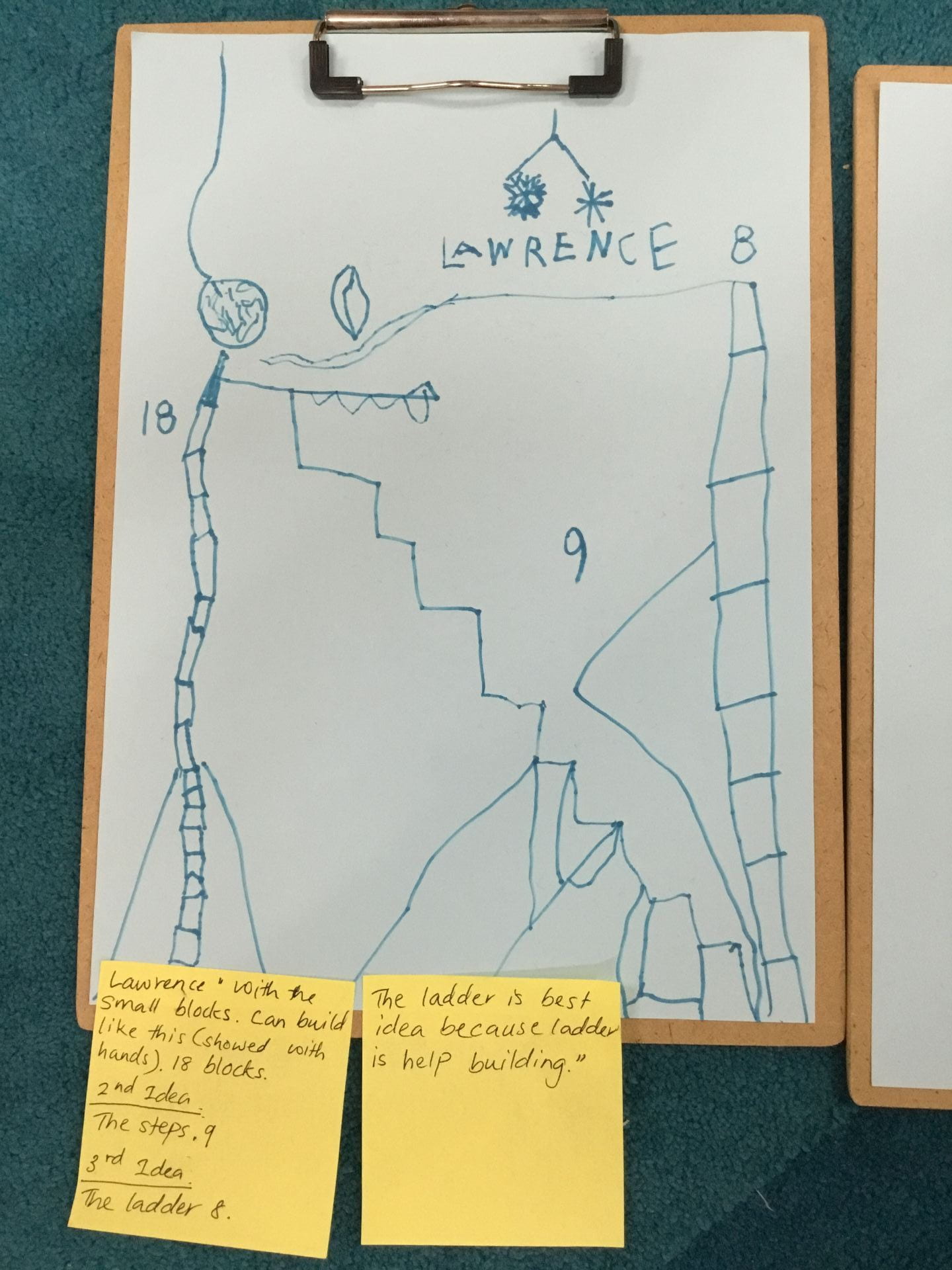

















 We wondered what snails eat and how they live…The students began to share their theories.
We wondered what snails eat and how they live…The students began to share their theories.